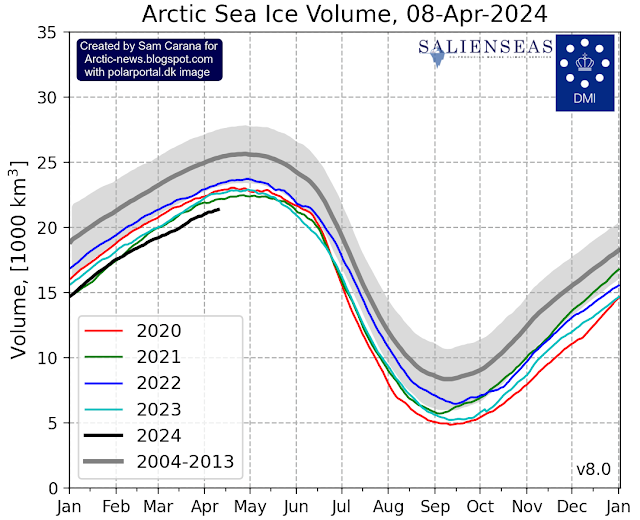 |
| Figure 1. Extinctions CC from: The five mass extinctions in Earth History. The rate of the current rise of greenhouse gas levels and thereby temperatures is higher by more than an order of magnitude than that of previous mass extinctions. (Figures 11.2, 11.5). Glikson. A.Y., 2023 The Trials of Gaia. |
War ─ the mass sacrifice of young generations throughout history, culminating in the barbarism of empires such as the Roman “Pax Romana”, represents the repeated collapse of sanity with transient intervals such as the League of Nations between WWI and the impotent United Nations. More recent bloodsheds such as the Korean, Viet Nam, Rwandan and Middle Eastern wars, along with global heating and nuclear proliferation, herald the collapse of a species dominated by tribalism and the hubris of the 24-hour media cycle ─ A tale full of sound and fury told by an idiot signifying nothing (Macbeth, Shakespeare).
In a human civilization dominated by mega-empires, armed to the teeth with planet-killer weapons, ruled by military juntas, industrial military complexes, Earth-poisoning energy corporations, multi-billionaires and media tycoon, the concept of “democracy” provides a fig leaf covering exploitation, repression and massacres.
The potential consequences of a nuclear war appear to have escaped the mainstream media attention. There is little evidence of peace negotiations between the major adversaries and measures of averting accidental conflagrations, whether human error or the failure of a computer chip, have been minimized. Having betrayed the prospect of a peaceful future, the warring parties keep investing in $trillion-scale re-armament, covered by sophisticated terms such as self-defence, stability and the rules-based international order.
Purporting a climate catastrophe can be averted by development of alternative energy despite a rise in the production of fossil fuels, growing emission of greenhouse gases (~4 ppm/year in 2023-2024), the rise in global temperatures toward +4 degrees Celsius above preindustrial levels and the spate of extreme weather events. A nuclear armada aimed at all advanced life is expanded into space while the young generation is occupied with Tik-Tok games.
According to climate science authorities (Hansen et al., 2016) “Burning all fossil fuels would create a different planet than the one that humanity knows. The paleo-climate record and ongoing climate change make it clear that the climate system would be pushed beyond tipping points, setting in motion irreversible changes, including ice sheet disintegration with a continually adjusting shoreline, extermination of a substantial fraction of species on the planet, and increasingly devastating regional climate extremes”.According to Baronsky et al. (2017) “Localized ecological systems are known to shift abruptly and irreversibly from one state to another when they are forced across critical thresholds. Here we review evidence the global ecosystem as a whole can react in the same way and is approaching a planetary-scale critical transition as a result of human influence.” and “Climates found at present on 10–48 % of the planet are projected to disappear within a century ... The mean global temperature by 2070, or possibly a few decades earlier, will be higher than it has been since the human species evolved”.
Nor would the oceans fare better. According to Veron (2008): “The five mass extinction events that the earth has so far experienced have impacted coral reefs as much or more than any other major ecosystem. Each has left the Earth without living reefs for at least four million years, intervals so great that they are commonly referred to as ‘reef gaps’. The prospect of ocean acidification is potentially the most serious of all predicted outcomes of anthropogenic carbon dioxide increase. This study concludes that acidification has the potential to trigger a sixth mass extinction event and to do so independently of anthropogenic extinctions that are currently taking place.
Alas, a majority of the world’s 8.1 billion humans is only partly aware of the looming demise of human civilization in the wake of its near to 10 millennia history and of the mass extinction of advanced species, allowing the “powers that be” to perpetrate the biggest crime against humanity and nature in history (Figure 2).
 |
| Figure 2. Henry Fuseli, The Nightmare (1781), in the Institute of Fine Arts, Detroit. Source: https://commons.wikimedia.org/wiki/File:John_Henry_Fuseli_-_The_Nightmare.JPG |
A/Prof. Andrew Y Glikson
Earth and climate scientist
Books:
The Asteroid Impact Connection of Planetary Evolution
https://www.springer.com/gp/book/9789400763272
The Archaean: Geological and Geochemical Windows into the Early Earth
https://www.springer.com/gp/book/9783319079073
The Plutocene: Blueprints for a Post-Anthropocene Greenhouse Earth
https://www.springer.com/gp/book/9783319572369
The Event Horizon: Homo Prometheus and the Climate Catastrophe
https://www.springer.com/gp/book/9783030547332
Climate, Fire and Human Evolution: The Deep Time Dimensions of the Anthropocene
https://www.springer.com/gp/book/9783319225111
Evolution of the Atmosphere, Fire and the Anthropocene Climate Event Horizon
https://www.springer.com/gp/book/9789400773318
From Stars to Brains: Milestones in the Planetary Evolution of Life and Intelligence
https://www.springer.com/us/book/9783030106027
Asteroids Impacts, Crustal Evolution and Related Mineral Systems with Special Reference to Australia
https://www.springer.com/us/book/9783319745442
The Fatal Species: From Warlike Primates to Planetary Mass Extinction
https://www.springer.com/gp/book/9783030754679
The Trials of Gaia. Milestones in the evolution of Earth with reference to the Antropocene
https://www.amazon.com.au/Trials-Gaia-Milestones-Evolution-Anthropocene/dp/3031237080










































